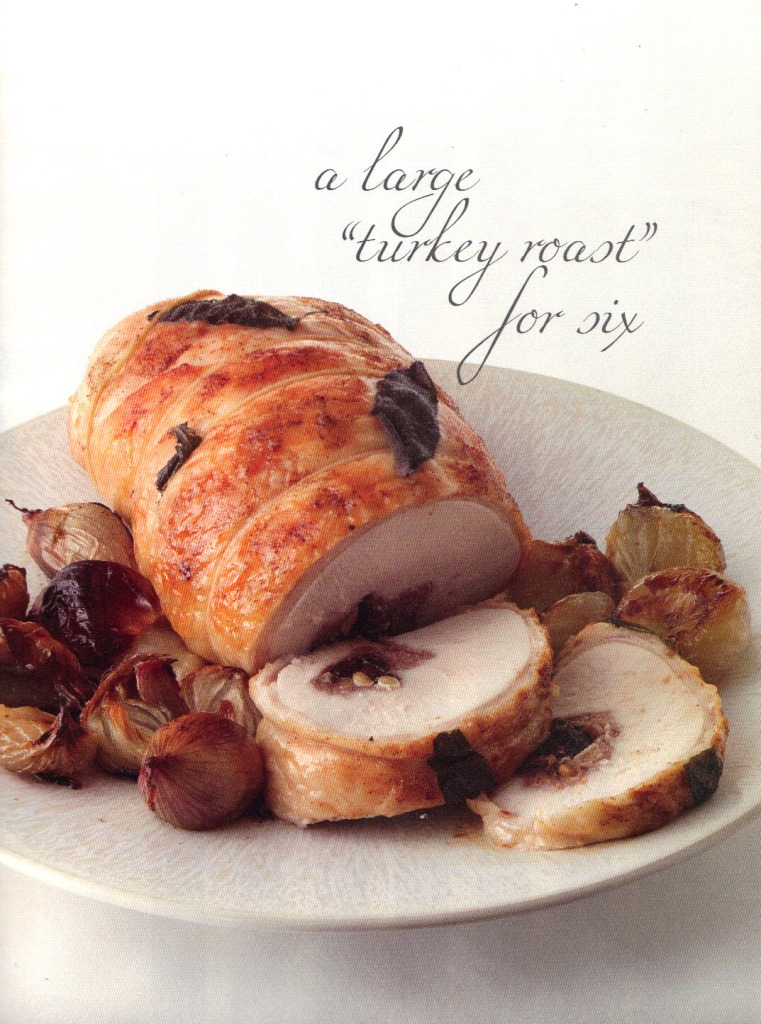 Midnight in Paris and Passione. French and Italian. The first, a delicious confection. The latter, a lusty stew. The first, written, produced and directed by Woody Allen is charming and uproariously clever, a look-see into Paris in the 20's, where the Fitzgeralds and Picasso and Salvador Dali mingle with the protagonist (no doubt, Mr. Allen) who is vested in 2009 but rooted in his fantasies. The more you know about Paris during that time, the more you will enjoy it, as much of the pleasure comes from the anticipation of the characters and events. The latter, written, produced and directed by John Turturro was a musical soul-catcher, depicting life in Naples today built note by note, and dance step by dance step, into a Neapolitan version of Rent in which the protagonist experiences life in the moment through a historical lens. The main character here is the music of Naples, narrated by Mr. Turturro, who shows both his intellect and insight, and an extraordinary ability to...dance!
Midnight in Paris and Passione. French and Italian. The first, a delicious confection. The latter, a lusty stew. The first, written, produced and directed by Woody Allen is charming and uproariously clever, a look-see into Paris in the 20's, where the Fitzgeralds and Picasso and Salvador Dali mingle with the protagonist (no doubt, Mr. Allen) who is vested in 2009 but rooted in his fantasies. The more you know about Paris during that time, the more you will enjoy it, as much of the pleasure comes from the anticipation of the characters and events. The latter, written, produced and directed by John Turturro was a musical soul-catcher, depicting life in Naples today built note by note, and dance step by dance step, into a Neapolitan version of Rent in which the protagonist experiences life in the moment through a historical lens. The main character here is the music of Naples, narrated by Mr. Turturro, who shows both his intellect and insight, and an extraordinary ability to...dance!
 Yet since we are talking about two of the world's most notable food cities, one could not help find the references, though there were few. In Midnight in Paris, Maxim's was portrayed as Paris's socio-gastronomic apex, whereas in Passione, Taverna Dell'Arte, the restaurant of one of the leading characters, Don Alfonzo, was in shadow, a mere suggestion of the dining culture in Naples. The B-roll in each city provided but a glimpse of the culinary clichés we love: outdoor cafes in Paris and covered outdoor markets in Naples.
Yet since we are talking about two of the world's most notable food cities, one could not help find the references, though there were few. In Midnight in Paris, Maxim's was portrayed as Paris's socio-gastronomic apex, whereas in Passione, Taverna Dell'Arte, the restaurant of one of the leading characters, Don Alfonzo, was in shadow, a mere suggestion of the dining culture in Naples. The B-roll in each city provided but a glimpse of the culinary clichés we love: outdoor cafes in Paris and covered outdoor markets in Naples.
I went to see Midnight in Paris with my husband. It was one of the few dates we've had without our 15 year old daughter. We, in turn, went to see Passione with our daughter, and with the man who knows more about life, food, and the culture of Naples than anyone -- maestro Arthur Schwartz and his partner, the scholarly Bob Harned. What a joy to dance in our seats together.
If there are two food books that exemplify these movies, they would be Dorie Greenspan's wonderful new, and award-winning book, Cooking Around My French Table, and Arthur's encyclopedic, Naples at Table. Read them both, see the movies, prepare a meal, buy the Passione soundtrack (available soon), and invite me to dinner.


